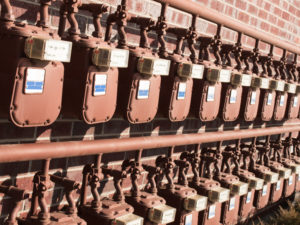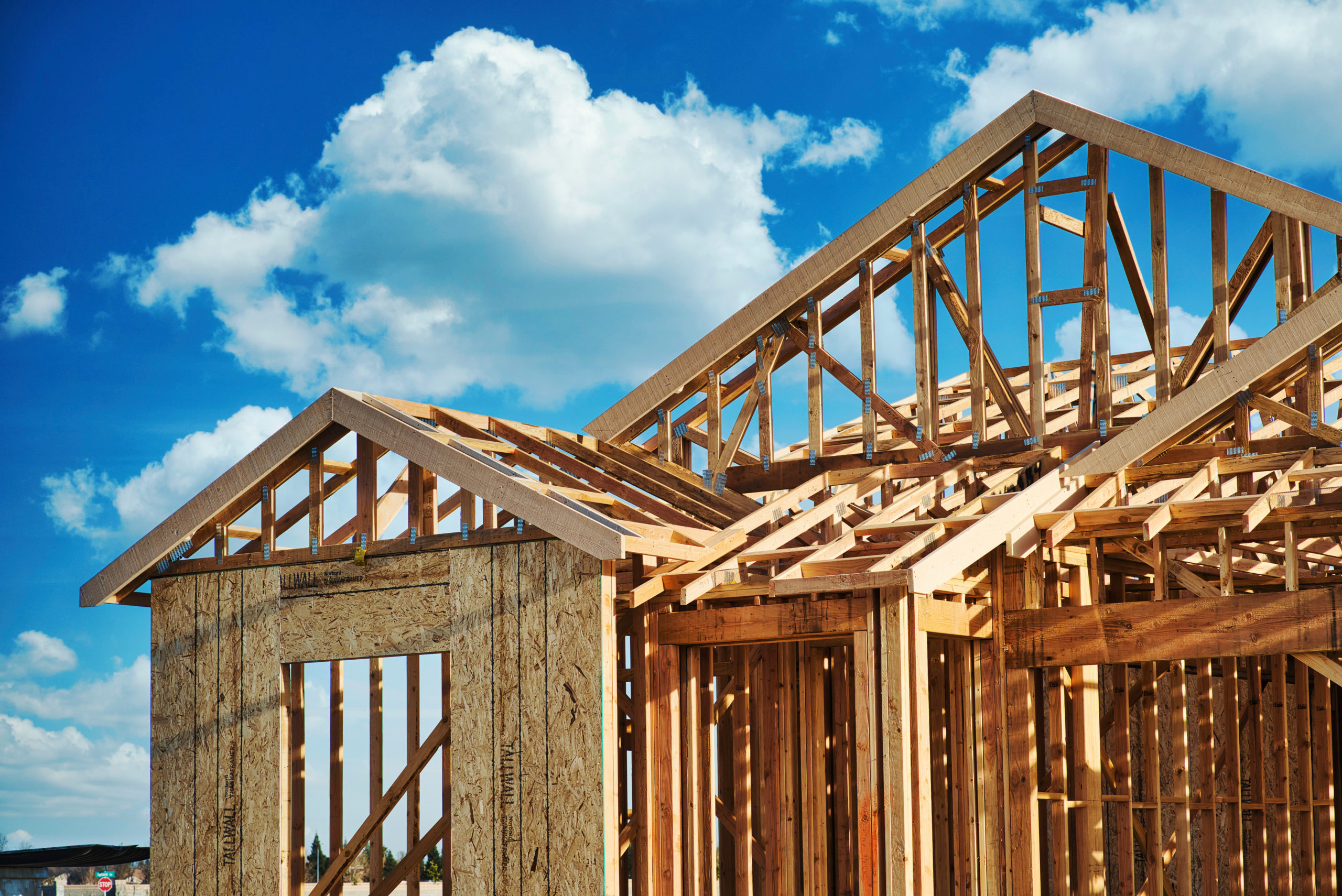 California’s policymakers have long been advocates of sustainability, especially regarding energy and water use, mainly for reasons of necessity. Towards this end, back in 2007, the state’s lawmakers enacted AB 1103, which imposed energy consumption benchmarking obligations for nonresidential buildings. In 2015, due to the difficulties in putting these requirements into effect, however, that law was repealed and a new law, AB 802, was put in place to address those issues; I wrote two articles in this blog discussing this situation at that time.
California’s policymakers have long been advocates of sustainability, especially regarding energy and water use, mainly for reasons of necessity. Towards this end, back in 2007, the state’s lawmakers enacted AB 1103, which imposed energy consumption benchmarking obligations for nonresidential buildings. In 2015, due to the difficulties in putting these requirements into effect, however, that law was repealed and a new law, AB 802, was put in place to address those issues; I wrote two articles in this blog discussing this situation at that time.
A few months back, in December 2018, the City of San Josė adopted the City of San Josė Energy and Water Building Performance Ordinance (the “Ordinance”), its own energy and water use tracking law. The Ordinance was put in place as a part of the City’s ongoing efforts to promote the goals of the Paris climate accords, AB 802, and its own Climate Smart San Josė program. Ultimately, the purpose of the Ordinance is to advance greenhouse gas emission reduction and water conservation.
The Ordinance became effective on January 17, 2019, ushering in an array of new directives and time frames. The first reporting deadline under the Ordinance, for all buildings subject to the Ordinance of 50,000 square feet and over, will be coming up shortly, on May 1, 2019; the deadline for such buildings of 20,000 square feet and over is May 1, 2020. A database of all buildings in San Josė that are subject to the requirements of the Ordinance may be found here.
Recently, I attended a meeting at which City staff offered information and guidance to property owners and other affected parties about the impending requirements of the Ordinance. This meeting was led by Ariel Carpenter, Associate Environmental Services Specialist with the City of San Jose’s Environmental Services Department, who walked those persons in attendance at the meeting through a briefing that set forth the parameters and requirements of the Ordinance.
As a member of the Efficiency Team of the Sustainability and Compliance Division of that Department, Ms. Carpenter helped further the development of the Ordinance , and she provided a great deal of useful information about the Ordinance and its goals at that meeting. Ms. Carpenter noted that the benchmarking under the Ordinance may lead at some future point to energy and water audits with mandatory goals, but that, for the time being, it will simply provide for recommendations for increased efficiency to be made. While participation in the benchmarking program will be mandatory, the function of the City and its staff initially will be more consultative and informative rather than penalizing, at least at first.
A summary flyer setting forth basic information about the Ordinance, including its requirements and implementation, as well as contact information for questions, may be found here.



